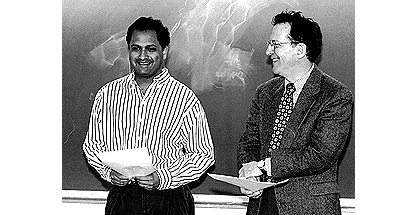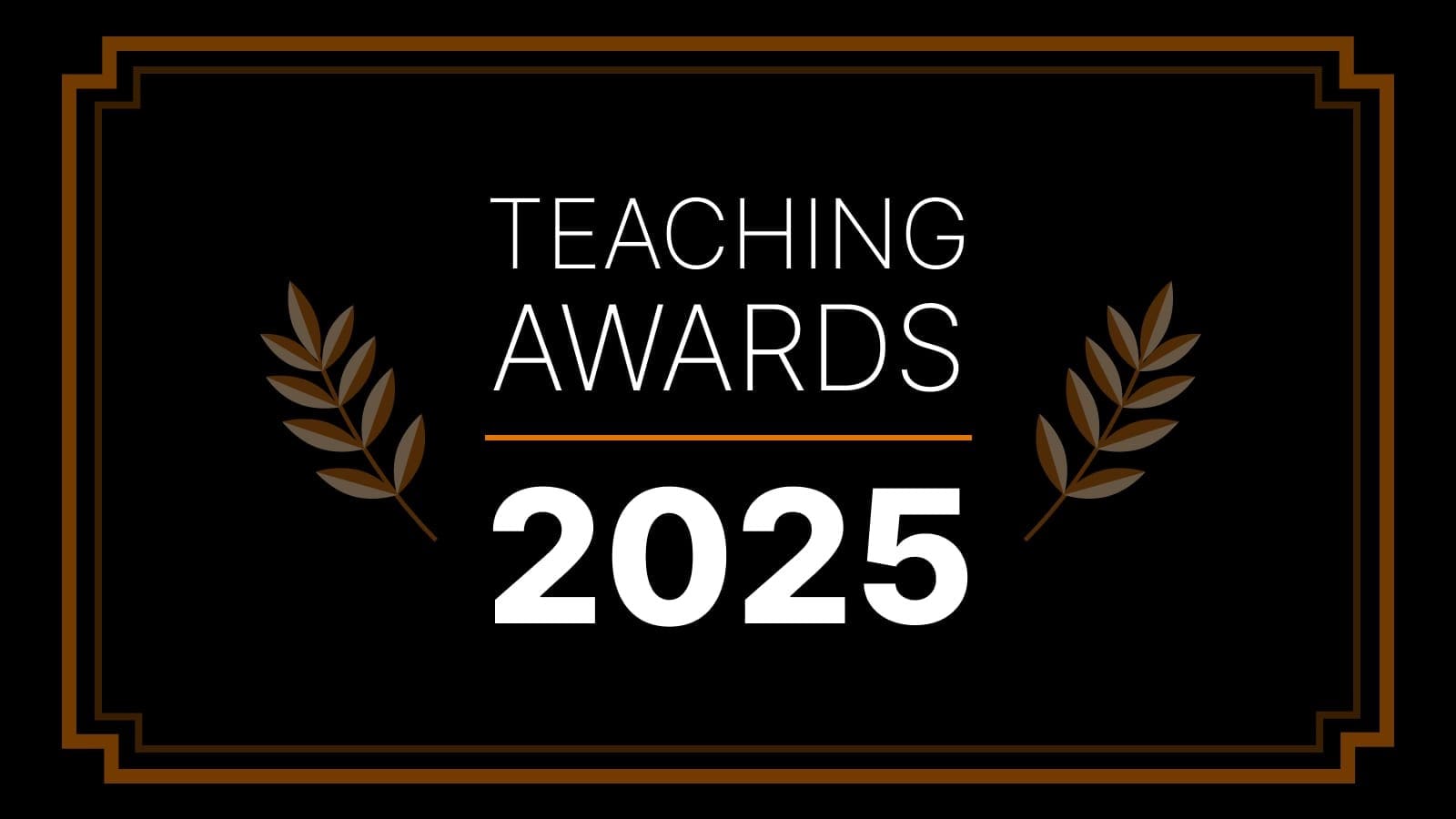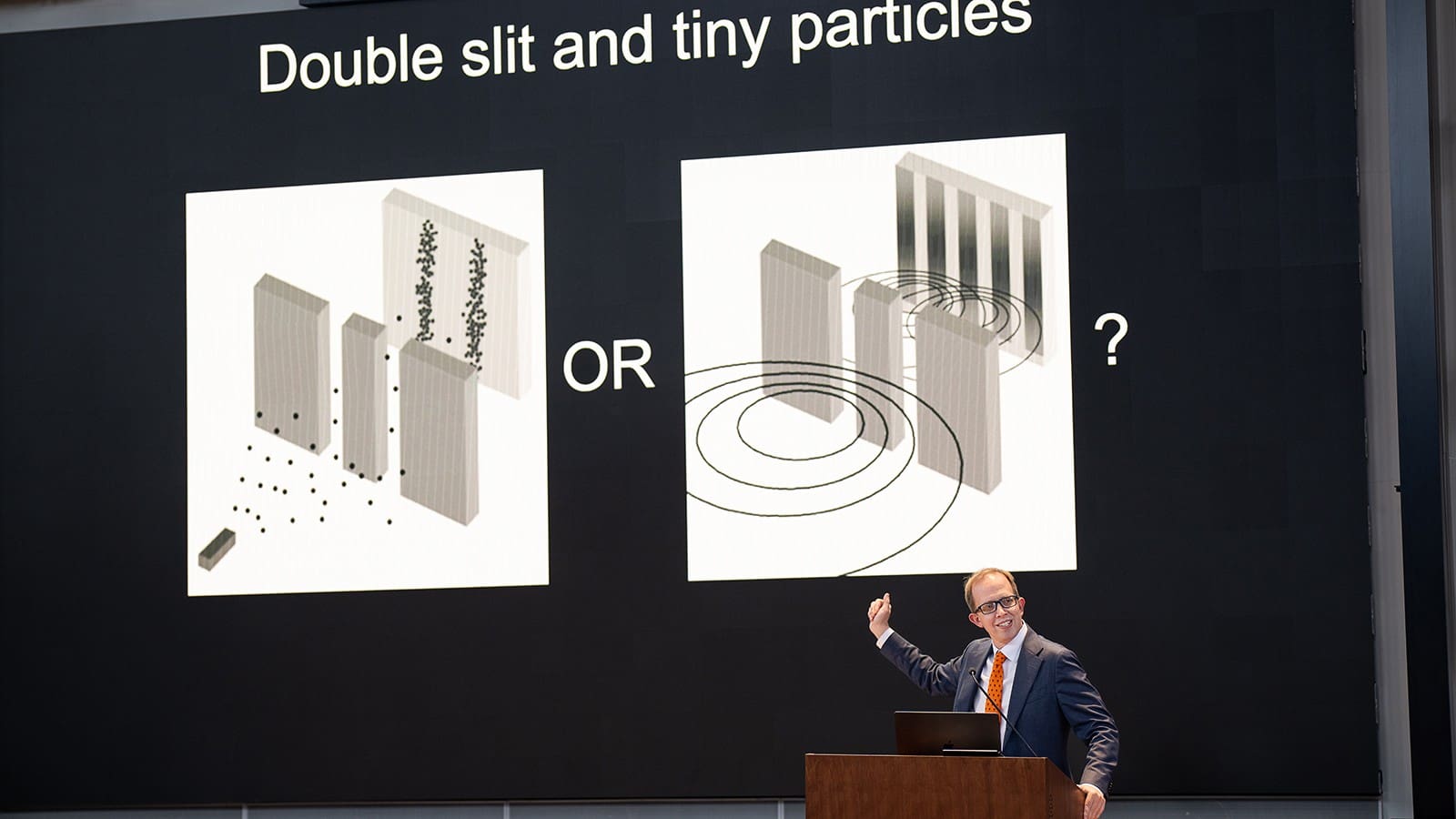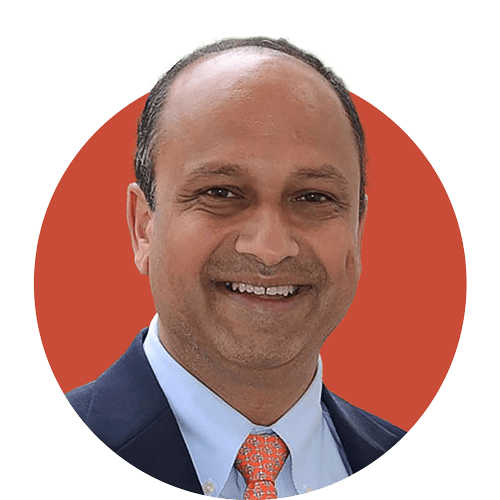For computers or humans, theory of learning inspires unusual mix of subjects
By
on
This year marks the 10th anniversary of a class that yokes two very unlikely subjects — philosophy and engineering.
“I think our course is probably the only one in the world that is cross-listed as a philosophy-electrical engineering class,” said Sanjeev Kulkarni, professor of electrical engineering at Princeton.
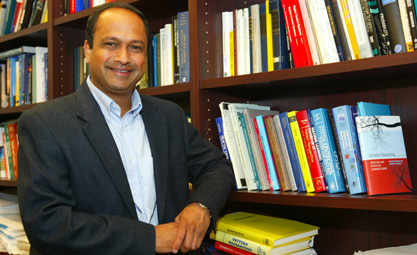
Kulkarni teaches the course with Gilbert Harman, whom he calls “one of the most prominent living philosophers.” The course inspired the two to collaborate on a book — a slim, elegant volume, published last month by MIT Press.
The book lays out the ideas that Harman and Kulkarni teach in “Learning Theory and Epistemology,” listed as PHI/ELE 218. This past spring semester the course drew 50 undergraduates, freshmen through seniors, from 15 departments.
In the book, Harman and Kulkarni contend that philosophy and cognitive science should be informed by statistical learning theory, which has driven many recent advances in “machine learning” –- a type of artificial intelligence that allows computers to learn on their own, independent from human input.
The book is drawn from a series of lectures that Harman delivered in Paris as the winner of the Jean-Nicod Prize; the lectures were based on Harman’s class with Kulkarni, a leading expert in statistical learning theory and a widely lauded teacher (at this year’s commencement, Kulkarni received a President’s Award for Distinguished Teaching).
Below, Kulkarni discusses the new book and the class.
The course that you and Harman co-teach blends philosophy and engineering. How do you manage to do that?
As I see it there are at least three different ways to bring engineering concepts to non-engineers. One can try to teach technical concepts at a suitable level or in an appropriate way, for example through hands-on labs, as David Billington and Michael Littman have done so effectively. Or one can teach courses that consider technology in the context of social, business, ethical, economic, or other dimensions; Vince Poor’s legendary class on the Wireless Revolution is a prime example of this.
What is different about the course I teach with Gil Harman is that it falls into a third category — reaching out to non-engineers by inherently weaving together the technological and the non-technological. Of course, we are also teaching engineers about philosophy. We knit together both worlds and see what each one has to say about the other. There is a lot of back and forth. We are both present at every lecture; we do not decide ahead of time who is going to teach what material. It is a true blending, not just of the ideas but also of the delivery.
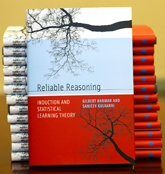 The title of your book is “Reliable Reasoning: Induction and Statistical Learning Theory”. Could you explain “induction?”
The title of your book is “Reliable Reasoning: Induction and Statistical Learning Theory”. Could you explain “induction?”
There is a fundamental distinction between deduction and induction. Deductive logic is a theory about what follows from what. With deduction, if the premises are true then the conclusions will necessarily be true; it is infallible in a certain way. This is not the case with induction. Induction is fundamentally different and is more a theory of reasoning; it is a central problem in philosophy. Inductive rules involve what may be inferred from what. There is always a chance that your inductive conclusion might fail even though the premises may be true.
How do you ever know that you are right when you use induction?
With induction, a skeptic could ask how one can be justified in drawing a particular conclusion, given that there is a possible world where you could be right and where you could be wrong. Of course we may be either right or wrong but are there some guiding principles about how we should think about induction? Are there ways to quantify ways we might be successful? This is where learning theory comes in.
What is “statistical learning theory”?
Statistical learning theory tries to elucidate the inherent limitations in learning, whether it is a machine doing the learning or a human or some other biological organism.
The field is sometimes also called “statistical pattern recognition.” This is my area of expertise and it is the “engineering” part of the class and of the book. Learning theory deals with learning from data by recognizing patterns and drawing inferences. I study algorithms for doing this and the mathematics behind it.
Learning theory techniques have a wide range of applications such as speech and face recognition, automatic target recognition, and pattern recognition in financial data, character recognition, etc.
Where is the intersection between learning theory and philosophy?
The overarching questions in learning theory have analogous issues in philosophy. Some of the underlying philosophical principles can be quantified in learning theory, and some results in learning theory help inform fundamental philosophical questions. Each side draws on the other. Philosophical principles help guide pattern recognition methods. Likewise, learning theory suggests ideas on how we should think about inductive skepticism or how we should think about simplicity.
Who do you anticipate as being the audience for the book?
The book is for anyone who has an interest in machine learning, philosophy, and cognitive science and is willing to think rigorously and critically. The book is quantitative but it is fairly accessible in the sense that readers do not need to begin with a whole lot of background in order to dive in. The beauty of the subject is that many of the fundamental ideas are broadly understandable and broadly applicable.
